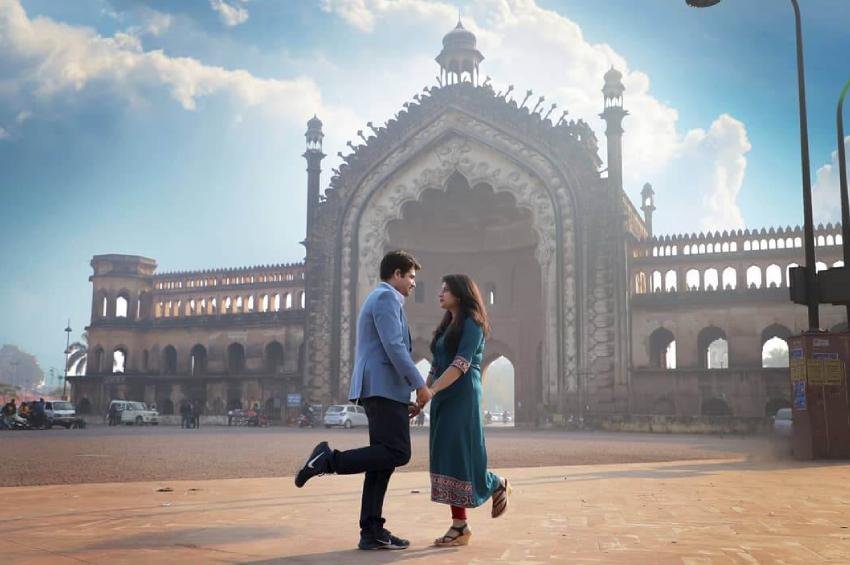Introduction
In the realm of photography, capturing the essence of a person through portrait photography is both an art and a skill. Whether you're an aspiring photographer or just someone looking to enhance your photography prowess, this comprehensive guide will walk you through the intricacies of portrait photography, and model photography, and even delve into the captivating world of rituals photography.
Understanding Portrait Photography
Portrait photography is not just about taking pictures of people; it's about capturing their personality, emotions, and unique essence. Begin by understanding the fundamentals of composition, lighting, and posing. Experiment with different angles to find the most flattering ones for your subject.
Model Photography: The Art of Posing and Directing
Taking your portrait photography to the next level often involves working with models. Understanding the art of posing and directing is crucial for creating dynamic and visually striking portraits. Communicate effectively with your models, make them feel comfortable, and experiment with various poses to bring out their natural beauty.
Rituals Photography: Capturing Meaningful Moments
Rituals photography goes beyond traditional portraits, focusing on capturing meaningful moments and cultural practices. Whether it's a wedding ceremony, a religious rite, or a family tradition, mastering ritual photography requires a deep understanding of the cultural context and the ability to anticipate and capture significant moments.
Key Techniques for Mastering Portrait Photography
Composition is Key
Understanding the rules of thirds, framing, and balance is essential for creating visually appealing portraits.
Mastering Lighting
Experiment with natural light, artificial light, and different lighting setups to create mood and emphasize the subject's features.
Choosing the Right Equipment
While a high-end camera is beneficial, understanding your equipment, including lenses and accessories, is equally important.
Effective Posing Techniques
Learn how to guide your subjects into natural and flattering poses. Experiment with both candid and directed shots.
Post-Processing Skills
Familiarize yourself with photo editing software to enhance your images and give them a professional touch.
Model Photography: Enhancing the Visual Story
Establishing a Connection with Models
Building rapport and making your models feel at ease is crucial for capturing genuine and captivating expressions.
Experimenting with Various Styles
Explore different styles of model photography, from fashion to lifestyle, to find your unique voice as a photographer.
Creating a Narrative
Develop a narrative within your photoshoots to tell a story through the images, adding depth and intrigue.
Understanding Body Language
Master the art of reading and utilizing body language to convey emotions and enhance the overall impact of your photos.
Rituals Photography: Preserving Cultural Moments
Research and Understanding
Before documenting rituals, thoroughly research and understand the cultural or religious significance behind them.
Respecting Traditions
Approach ritual photography with respect for the participants and their traditions, ensuring your presence doesn't disrupt the proceedings.
Anticipating Key Moments
Being attuned to the flow of rituals allows you to anticipate and capture significant moments, preserving them for posterity.
Choosing the Right Gear
Depending on the setting, choose the appropriate equipment that allows you to capture the essence of the rituals without being intrusive.
FAQs
What is the best camera for portrait photography?
The choice of a camera depends on your budget and needs, but popular options include the Canon EOS 5D Mark IV and the Nikon D850.
How can I make my subjects feel more comfortable during a photoshoot?
Building a rapport, communicating effectively, and providing positive feedback can help your subjects feel more at ease.
What are some common posing mistakes to avoid?
Common mistakes include unnatural poses, awkward hand positioning, and stiff expressions. Practice and study posing techniques to improve.
How can I improve my lighting skills for portraits?
Experiment with natural light and artificial lighting setups. Learn to control and manipulate light to create the desired mood in your portraits.
Do I need professional training to become a portrait photographer?
While formal training can be beneficial, there are many self-taught photographers. Practice, learn from others, and continually seek to improve your skills.
What is the significance of ritual photography?
Ritual photography preserves cultural practices, documenting them for future generations and providing insights into diverse traditions.
How do I capture candid moments in model photography?
Create a relaxed atmosphere, be observant, and use a telephoto lens to capture candid moments without intruding on your model's personal space.
What is the role of post-processing in portrait photography?
Post-processing allows you to enhance colors, correct exposure, and refine details, giving your portraits a polished and professional look.
How do I choose the right lens for portrait photography?
A prime lens with a wide aperture, such as a 50mm f/1.8, is a popular choice for portrait photography due to its ability to create a pleasing background blur.
How can I start with ritual photography in a respectful manner?
Begin by researching and understanding the cultural context of the rituals you plan to document. Seek permission and always respect the participants' privacy and traditions.






























.jpg)










